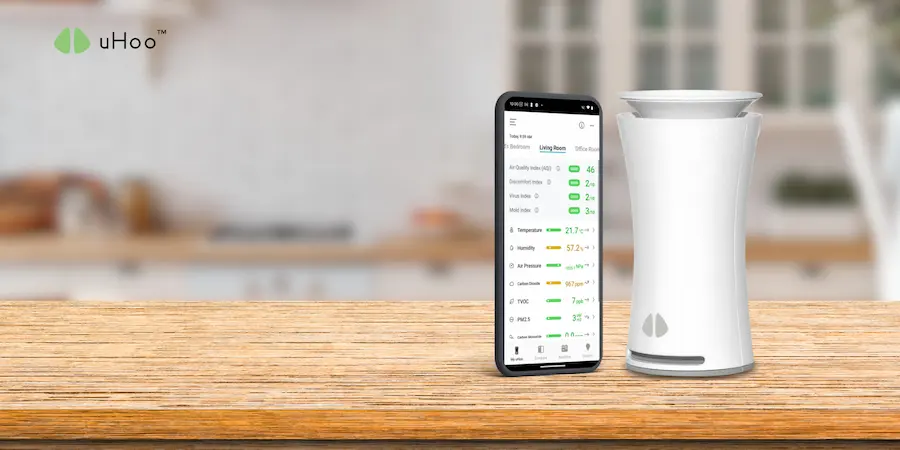When the conversation turns to indoor air quality, our minds often jump to complex filtration systems, high-tech air purifiers, or the merits of mechanical ventilation. Yet, buried beneath these discussions, lies a surprisingly simple, often overlooked, yet profoundly powerful tool: the basic humidity sensor.
Could a humble humidity sensor genuinely be the key to unlocking significant improvements in your home’s unseen atmosphere? The answer, thoughtfully considered, is a resounding and insightful yes.
The Unseen Orchestrator: Why Humidity Reigns Supreme
Humidity is simply the amount of water vapor in the air. It’s an invisible force, but its impact on your indoor environment is anything but subtle. Maintaining the right balance of indoor relative humidity (typically between 40% and 60%) is paramount. Deviations from this optimal range act as catalysts, either encouraging the growth of harmful biological contaminants or exacerbating issues related to dryness.
Why a Simple Humidity Sensor is So Powerful
The key insight is that most humidity-related indoor air problems are preventable with timely intervention. A simple humidity sensor provides the critical information needed to trigger that intervention.
- It Makes the Invisible Visible: You can’t feel subtle shifts in humidity until problems are already brewing. A sensor provides continuous, objective data.
- It Enables Proactive Management: By knowing your precise indoor humidity levels in real-time, you can engage a dehumidifier or humidifier before conditions become conducive to mold growth or respiratory irritation. You’re no longer guessing.
- It Optimizes Appliance Use: Instead of running dehumidifiers or humidifiers indiscriminately, a sensor ensures you only use them when necessary, saving energy and extending their lifespan.
- It Pinpoints Problem Zones: If one area of your home consistently registers high humidity despite your efforts, it alerts you to potential localized issues like leaks, poor insulation, or inadequate ventilation in that specific spot.
Conclusion: A Foundational Step, But Not the Whole Picture
Yes, a simple humidity sensor can absolutely be a key to improved indoor air. It addresses a foundational aspect of indoor air quality that directly influences a multitude of other airborne concerns. By empowering you to maintain optimal humidity levels, it significantly reduces the risk of mold, dust mites, dry air discomfort, and even influences how other pollutants behave.
However, while crucial, humidity is just one piece of the complex indoor air quality puzzle. For a truly holistic and comprehensive understanding of your home’s air, an integrated solution that monitors multiple parameters is ultimately better. An air quality monitor like the uHoo goes beyond just humidity, providing real-time data on VOCs, particulate matter (PM2.5), carbon dioxide, temperature, and more. This multi-faceted insight allows you to understand the complete interplay of factors affecting your air, enabling you to achieve not just improved, but truly optimal, healthy indoor environments.



